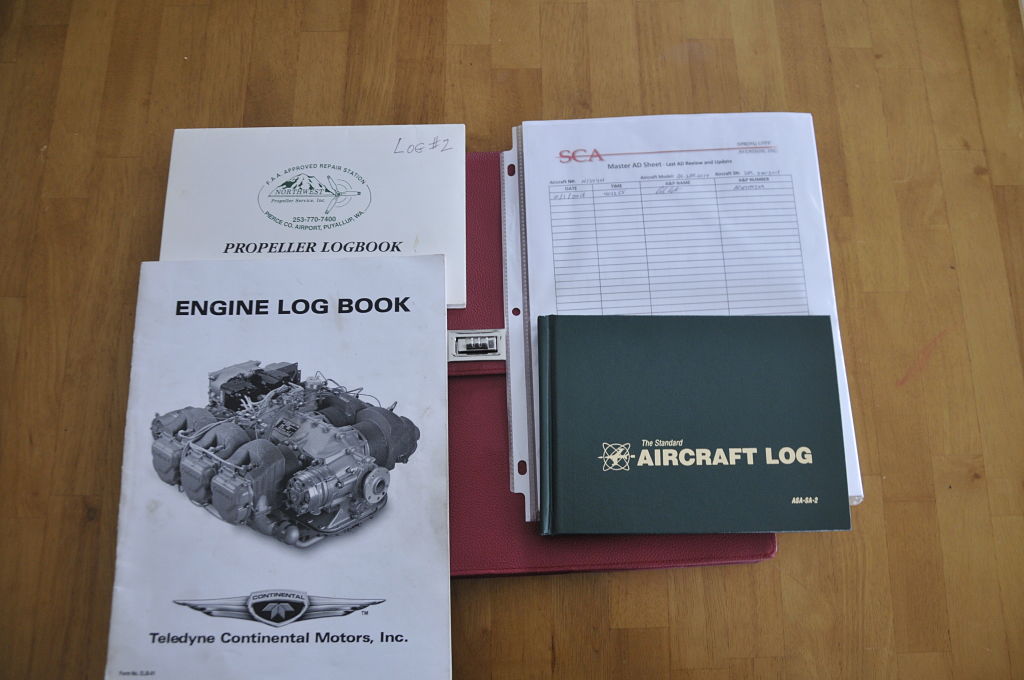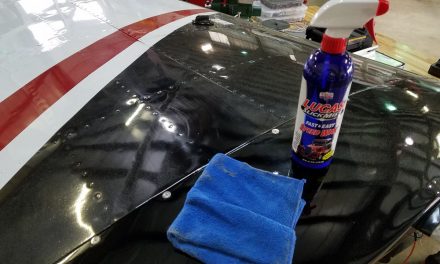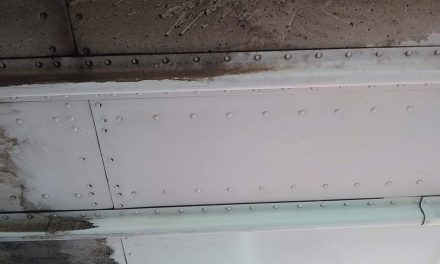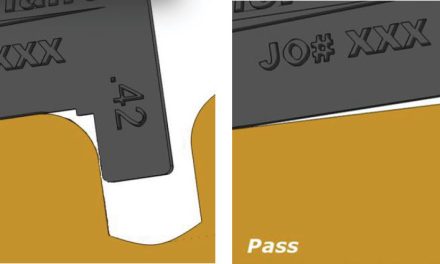I’m very lucky that the two companies that I trust my airplane to for mechanical and avionics maintenance are very good. At the end of the maintenance day, when they’re done and I get back in my plane, I generally have a safety plan.
However, one shop in the past was full of entry-level mechanics. They work hard and are learning every day, but I’ve been made aware of several oversights made by the entry-level mechanics on the work that they’ve performed for me. While not safety related, nevertheless I’ve lost time and aircraft availability while the work was corrected.
So how do you know if the work done on your aircraft was done correctly? How do you know that when you get in your plane and fly off that your flight will be successful?
There’s no way to know if your airplane is safe and 100 percent risk free. All we can do is reduce the risk as much as possible. Here’s a checklist.
- Give your shop plenty of time to do a high quality, unrushed job.
- Require that an experienced mechanic or avionics technician work on your airplane.
- Go out of your way to give them as much information as possible about what’s wrong with your plane. The more information that they have, the more likely you are to have the problem fixed correctly.
Post-Maintenance Process
Let’s set up a scenario. On your last flight, one of your three landing gear lights didn’t come on right away. The first two lights came on immediately and the third light took a minute and then came on. You landed the airplane and the gear stayed where it was supposed to stay.
This problem gave you pause and you made a shop appointment to have the problem looked at. On the day of the scheduled maintenance you were busy with a client and couldn’t get to the airport when the plane went in. Fortunately, your shop has keys for your hangar and in your absence they got your airplane and brought it over to the shop and started working on it.
They disconnected and removed a micro switch on the landing gear that was causing your gear-extension problem and had ordered a new switch, which was to arrive the next day. In the meantime, they moved your airplane out of the shop and onto the ramp while they moved another plane into the shop for work. They were to resume working on your plane when the switch came in.
Later that day you arrive at the shop and see your plane on the ramp and wonder if it’s done. You search for your mechanic and see that he’s outside working on a Citation with one engine spooled up and making a racket. You get his attention and point to your airplane. He looks, turns back to you and gives you a thumbs up. He goes back to work on the Citation and you walk over to your airplane. Having just received a thumbs up from your mechanic, you start up the airplane and taxi off for a flight.
Was your plane actually ready for flight?
When your mechanic gave you the thumbs up, he was trying to indicate in a noisy environment that he found the problem and was working on it. You saw the thumbs up and thought that your mechanic was done with the problem and you were good to go.
What the FAA Says
In 2018, there were a handful of fatal accidents where the pilot of an aircraft misinterpreted the message from a mechanic and took to the air in an aircraft that was not airworthy. I’m pretty sure that you don’t want to be one of these statistics. So how do we prevent this from happening?
Here’s a checklist of things that do NOT make your plane safe and legal.
- Your mechanic gives you a thumbs up.
- Your mechanic says “don’t worry”.
- Your mechanic leaves you a voice mail message that your plane is OK.
There is only one way to be sure that your mechanic is done with the airplane and that the likelihood of it being safe is high. Only one way: When your mechanic has made a log book entry in your appropriate aircraft log that contains a description of the work performed, the date and the signature and certificate number of the mechanic.
This is the only legal way for you to ensure that the work is done. In my observation over the last 60 years or so, many shops I’ve worked with don’t do this. They follow up with a sticker for your logbook and give it to you later with your invoice.
You need to explain to your mechanic the correct procedure, and make him or her understand that the log book entry is a required part of your post-maintenance plan. Your life may depend on it.






